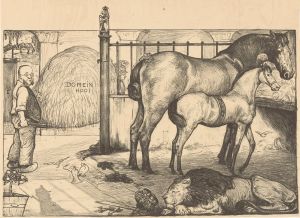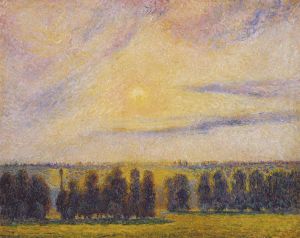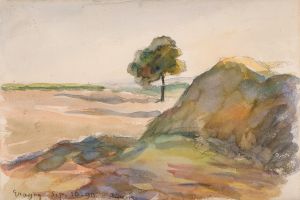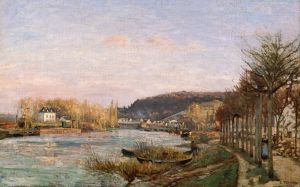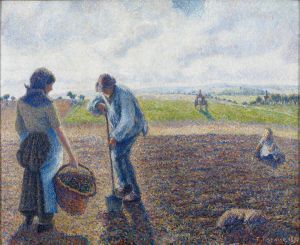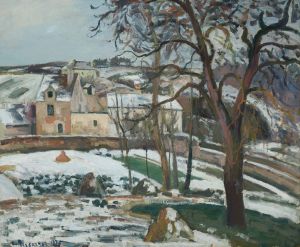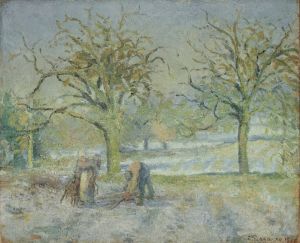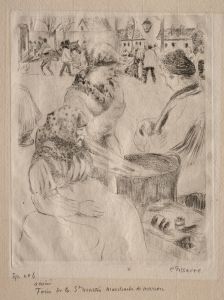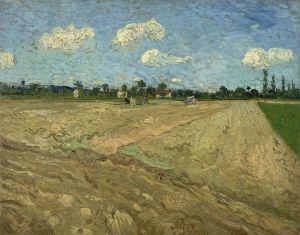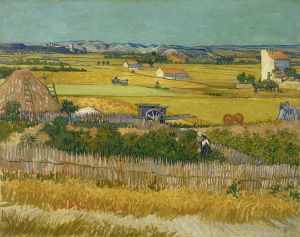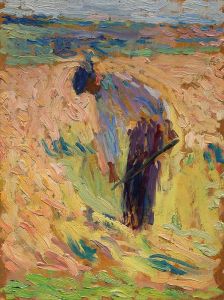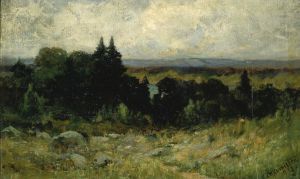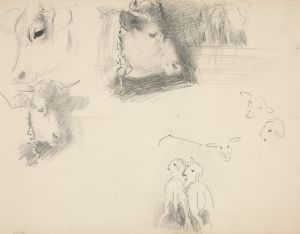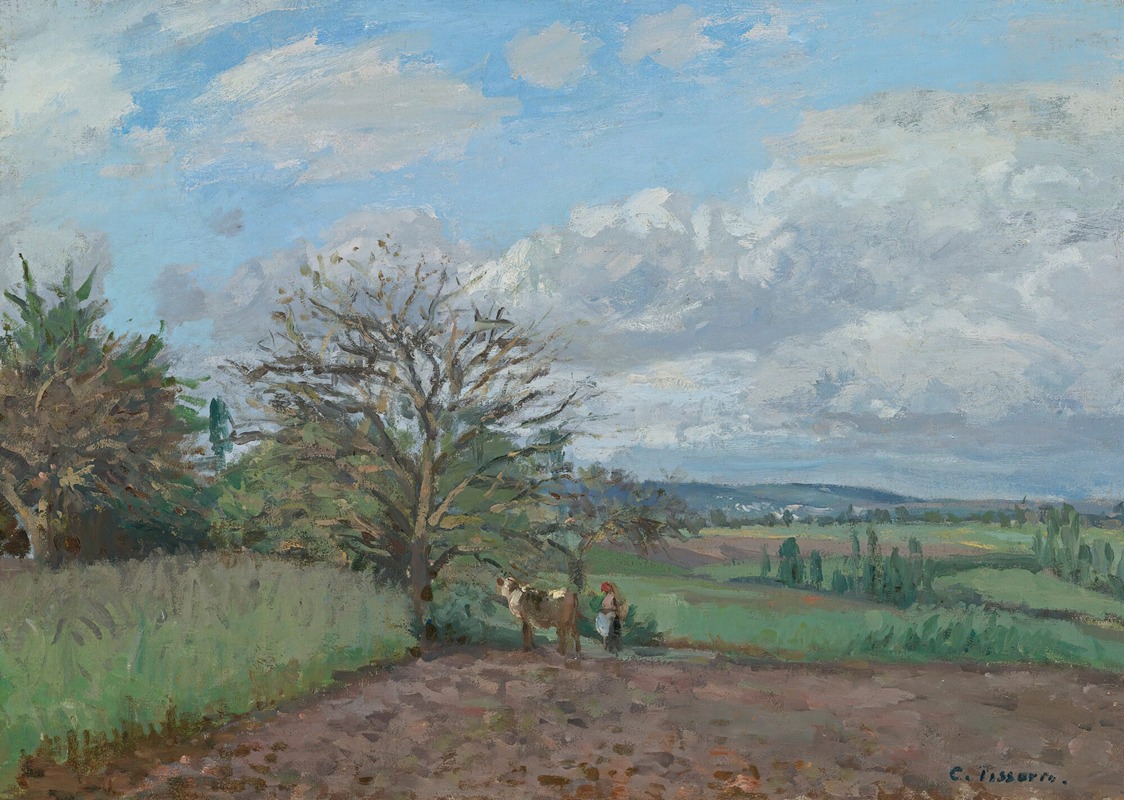
Paysage Avec Une Vachère
A hand-painted replica of Camille Pissarro’s masterpiece Paysage Avec Une Vachère, meticulously crafted by professional artists to capture the true essence of the original. Each piece is created with museum-quality canvas and rare mineral pigments, carefully painted by experienced artists with delicate brushstrokes and rich, layered colors to perfectly recreate the texture of the original artwork. Unlike machine-printed reproductions, this hand-painted version brings the painting to life, infused with the artist’s emotions and skill in every stroke. Whether for personal collection or home decoration, it instantly elevates the artistic atmosphere of any space.
Camille Pissarro, a pivotal figure in the Impressionist movement, created the painting "Paysage Avec Une Vachère" (Landscape with a Cowherd) during a period when he was deeply engaged in exploring rural themes and the lives of peasants. Pissarro, born on July 10, 1830, in the Danish West Indies, moved to Paris in 1855, where he became a central figure in the Impressionist circle. His work is characterized by its focus on rural life and landscapes, often depicting the harmonious relationship between humans and nature.
"Paysage Avec Une Vachère" exemplifies Pissarro's dedication to capturing the essence of rural France. Although specific details about the creation date of this painting are not widely documented, it is consistent with Pissarro's style and thematic focus during the late 19th century. During this time, Pissarro was living in various rural locations in France, including Pontoise and Éragny, where he found inspiration in the pastoral settings and the daily lives of the people who inhabited them.
The painting features a serene landscape, with a cowherd tending to her animals, a common motif in Pissarro's work. This subject matter reflects Pissarro's interest in the agrarian lifestyle and his commitment to portraying the dignity and simplicity of rural laborers. The composition likely includes the use of loose brushwork and a light color palette, hallmarks of the Impressionist style, which Pissarro helped to pioneer. His technique often involved capturing the effects of light and atmosphere, lending a sense of immediacy and movement to his landscapes.
Pissarro's approach to painting was also influenced by his anarchist beliefs, which emphasized the importance of the working class and the value of communal living. By depicting scenes of rural life, Pissarro not only celebrated the beauty of the natural world but also highlighted the integral role of peasants within it. His work often served as a social commentary, subtly advocating for the recognition and appreciation of the laboring class.
Throughout his career, Pissarro maintained close relationships with other leading Impressionists, such as Claude Monet, Edgar Degas, and Paul Cézanne. His influence extended beyond his own work, as he often mentored younger artists and encouraged them to experiment with new techniques and perspectives. Pissarro's commitment to innovation and his willingness to embrace new ideas were instrumental in the development of modern art.
"Paysage Avec Une Vachère" is a testament to Pissarro's enduring legacy as an artist who captured the beauty and complexity of rural life. His work continues to be celebrated for its technical mastery and its empathetic portrayal of the human condition. Today, Pissarro's paintings are held in major museums and private collections worldwide, where they continue to inspire and captivate audiences with their timeless appeal.





